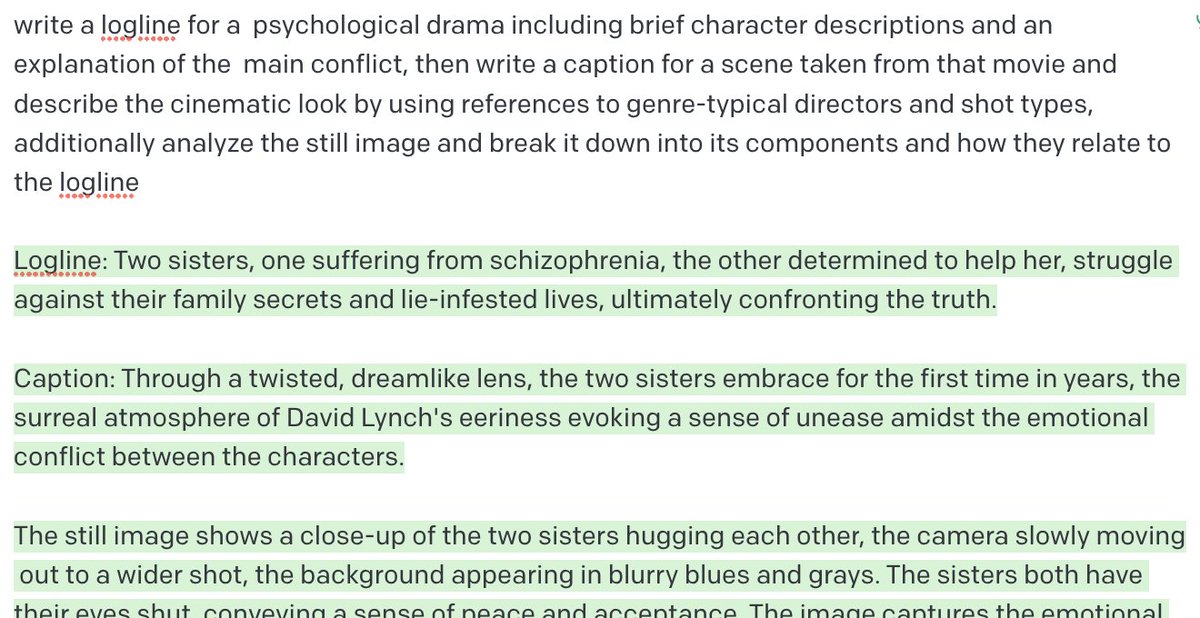
New paper on #GPT4 & "Labor Market Impact" is out.
It's an early evaluation, but creatives should be paying attention to this ... 👀
🧵 1/5
It's an early evaluation, but creatives should be paying attention to this ... 👀
🧵 1/5

All the jobs that show 0 exposure to being automated by LLMs are defined by
- blue-collar, manual labor
- outdoor or non-office
- lower educational requirements
- use of specialized tools or equipment
As we'll see: jobs /w higher educational requirements ➡️ high exposure 🚨 2/5
- blue-collar, manual labor
- outdoor or non-office
- lower educational requirements
- use of specialized tools or equipment
As we'll see: jobs /w higher educational requirements ➡️ high exposure 🚨 2/5

☝️In fact, if your job is defined by
- creative or intellectual labor
- office or indoor work
- high educational requirements
it's much more exposed to being replaced by #GPT (alpha), or #GPT-based apps (beta & theta):
3/5
- creative or intellectual labor
- office or indoor work
- high educational requirements
it's much more exposed to being replaced by #GPT (alpha), or #GPT-based apps (beta & theta):
3/5

➡️ 50% of workers will have 50%+ of their tasks exposed to being replaced by AI.
❓Time to be afraid of AI taking our jobs?
🤔 I don't think so. You should rather be afraid of stagnating in your comfort zone where you expect human creativity to be expressed in the same way
4/5
❓Time to be afraid of AI taking our jobs?
🤔 I don't think so. You should rather be afraid of stagnating in your comfort zone where you expect human creativity to be expressed in the same way
4/5
💡 My take: Humans cannot be taken out of the equation. But human creativity will be on a different level in some areas.
What I draw from this:
- Learn about the tech
- Learn to use the tools
- Learn how it will impact your industry
- Become a pioneer in your field
5/7
What I draw from this:
- Learn about the tech
- Learn to use the tools
- Learn how it will impact your industry
- Become a pioneer in your field
5/7
💪 For creatives it's time to hone their skills, gather knowledge, and prepare for change.
Here's a start: weekly updates on AI-powered creative storytelling with "Tales Of Tomorrow":
fabulous-maker-2733.ck.page/da150f448e
6/7
Here's a start: weekly updates on AI-powered creative storytelling with "Tales Of Tomorrow":
fabulous-maker-2733.ck.page/da150f448e
6/7
If you want to read along with my explorations, please feel free to do so at medium.com/@tristwolff
7/7
7/7
original paper: arxiv.org/abs/2303.10130
• • •
Missing some Tweet in this thread? You can try to
force a refresh

























